

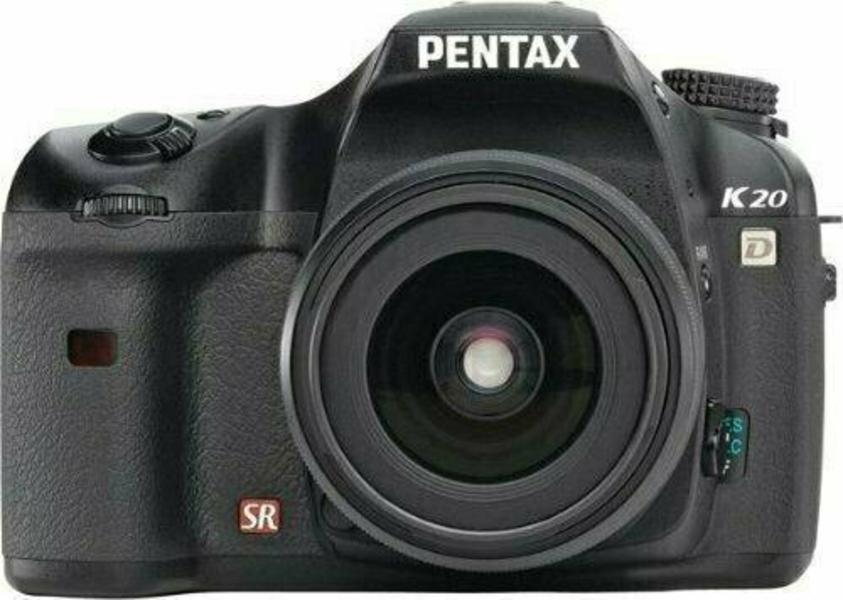

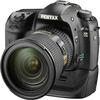







| Faible | Moyenne | Bon | Excellent | |
|---|---|---|---|---|
2,7 in Meilleur: Sony Cyber-shot DSC-W710 Taille de l'écran: 6,7 in | ||||
3200 Meilleur: Pentax KP ISO maximum: 819200 | ||||
15 Mpx Meilleur: Hasselblad H6D-100c Pixels efficaces: 100 Mpx | ||||
4672 x 3104 px Meilleur: Leica M11 Résolution max: 9528 x 6328 px | ||||





| Type de capteur | CMOS |
|---|---|
| Format du capteur d'image | APS-C |
| Taille du capteur | 23.4 mm |
| Détecteurs photo à capteur | 15.0 Mpx |
| Pixels efficaces | 15.0 Mpx |
| Rapport d'image w: h | 3:2 |
| Résolution max | 4672 x 3104 px |
| Autres résolutions |
|
| Monture de lentilles |
|
|---|---|
| Grossissement (facteur de culture) | 1.5 x |
| Assistance AF (éclairage d'assistance à la mise au point automatique) | Éclat |
| Contraste autofocus | Non |
| Multiplicateur de distance focale | 1.5x |
| Autofocus |
|
| Verrouillage de la mise au point automatique (AF) | Oui |
| Mise au point manuelle | Oui |
| Faisceau d'assistance pour la mise au point automatique (AF) | Oui |
| Nombre de points AF | 11 |
| Nombre maximum de collimateurs AF (assistant inclus) | 11 |
| Stabilisateur d'image | Intégré |
| Autofocus à détection de phase | Oui |
| Type d'obturateur de la caméra | Électronique |
|---|---|
| Vitesse d'obturation minimale | 30.0 s |
| Vitesse d'obturation maximale | 1.0 s |
| Priorité d'obturation | Oui |
| Priorité d'ouverture | Oui |
| Nombre d'expositions | 3 |
| Compensation d'exposition plus | 3 |
| Compensation d'exposition moins | -3 |
| Étapes de l'indemnisation des frais |
|
| Prise de vue en continu | Oui |
| Retard du retardateur | 12.0 s |
| Histogramme | Oui |
| Vitesse de synchronisation du flash | 1/180s |
| Flash intégré | Oui |
| Portée du flash | 13.0 m |
| Modes de flash | Synchronisation lente |
| Connexion flash externe |
|
| Système de mesure du flash |
|
| Flash externe | Oui |
| Entraînement continu | 3.0 fps |
| Modes scène | Portrait |
| Retardateur | Oui |
| Paramètres manuels | Oui |
| Options du retardateur |
|
| Vitesse (JPEG) | 3.0 fps |
| Vitesse (RAW) | 3.0 fps |
| Bracketing d'exposition | 0.3 - 2.0±EV |
| Type de corps | SLR de taille moyenne |
|---|---|
| Matériau du corps | Plastique |
| Couleur du produit | Noir |
| Système anti-poussière | Oui |
| Scellé à l'environnement | Oui |
| Cartes mémoire compatibles | Dakota du Sud |
|---|---|
| Types de stockage |
|
| HDMI | Non |
|---|---|
| Version USB | 2.0 |
| Prise d'entrée CC | Oui |
| Télécommande | Oui |
| PictBridge | Oui |
| NFC | Non |
| Réseau sans fil (Wi-Fi) | Non |
| Firewire | Non |
| ISO |
|
|---|---|
| ISO automatique | Oui |
| ISO minimum | 100 |
| ISO maximum | 3200 |
| ISO maximum amélioré | 6400 |
| Préréglages de balance des blancs | 8 |
| Modes de balance des blancs |
|
| Balance des blancs personnalisée | Oui |
| Formats de fichier image pris en charge |
|
| effets photo |
|
| Stabilisateur d'image | Oui |
| Type de stabilisation d'image | Décalage du capteur |
| Format non compressé | RAW |
| HDR | Non |
| Prise en charge AEB / HDR | Oui |
| Taille de l'écran | 2.7 in |
|---|---|
| LCD articulé | Non |
| Technologie d'écran | LCD |
| Points d'écran | 230000 |
| Écran tactile | Non |
| Vue en direct | Oui |
| Viseur | Optique |
| Couverture du viseur | 95.0 % |
| Grossissement du viseur | 0.95 x |
| Affichage d'informations séparé | Oui |
| Enregistrement video | Non |
|---|---|
| Lecture de la caméra | Diaporama |
| Poids | 715.0 g |
|---|---|
| Largeur | 141.5 mm |
| la taille | 101.6 mm |
| Profondeur | 70.1 mm |
| Autonomie de la batterie (CIPA) | 530 |
|---|---|
| Technologie de la batterie | Lithium-Ion |
| Nombre de batteries prises en charge | 1 |
| Enregistrement timelapse | Oui |
|---|---|
| GPS | Non |
| Capteur d'orientation | Oui |
| Modes d'édition d'image | Tournant |

A ruggedly-built, high-resolution DSLR with live viewing plus some innovative and useful shooting functions.Pentax has designed its 14.6-megapixel K20D model to appeal to demanding photo enthusiasts but many of its features will also appeal to professional photographers. Like the earlier K10D model, the K20D is built to resist dust and moisture with seals protecting 74 different parts of the camera body. Physically the two cameras are similar, with identical body dimensions, although the new model has a larger LCD and is five grams heavier than its predecessor.
14.6-megapixel SLR with all the bells and whistles
Until recently, 10 megapixels was the norm among the enthusiast-level D-SLRs but that changed with the introduction of Nikon’s 12-megapixel D300. Pentax was the first to move to even higher resolution with their 14.6-megapixel model, the K20D, followed by Sony with their 14.2-megapixel Alpha A350. Aside from a 4.6 million increase in effective pixels, the Pentax K20D boasts some other important upgrades over their K10D; these were discussed in my First Look report in the March 2008 issue.
The 10-megapixel Pentax K10D was a very popular camera thanks to its rugged, splashproof construction, built-in Image Stabilizer, some unique features, and excellent image quality.
Having risked being left behind by the speed at which the 'affordable' DSLR market developed, Pentax showed how serious its intentions were with the K10D, a semi-pro-level DSLR with a features list to humble the competition at a very attractive price. Having added so many bells and whistles to the K10D, it's not much of a surprise to find that its successor, the K20D, is essentially a refinement of the same design. But, even though it can't quite boast the same novel-feature-count as its predecessor, the K20D still finds room for some interesting changes.
Pentax K20D
Pentax K20D review, find out how the K20D stacks up against the competition in our real-world review with in-depth image quality comparisons.
This is the most powerful semi-pro DSLR in the world, and will blow your head clean off.
Expert reviews of all the latest cameras, lenses, smartphones and accessories, since 2003.
Pentax K20D Review: Features, Suitability and Capability
Camera reviews, photography, and photographic experiences.
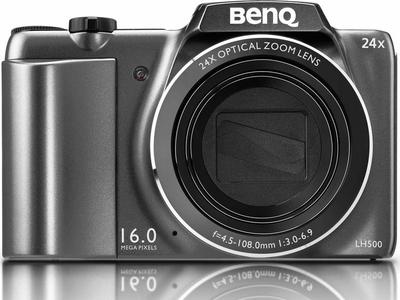 BenQ
BenQLH500
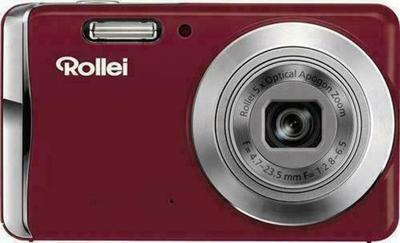 Rollei
RolleiPowerflex 455
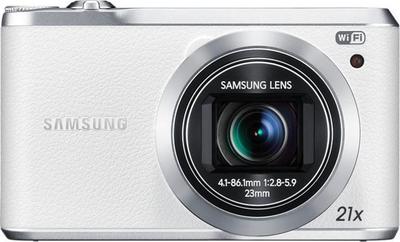 Samsung
SamsungWB380F
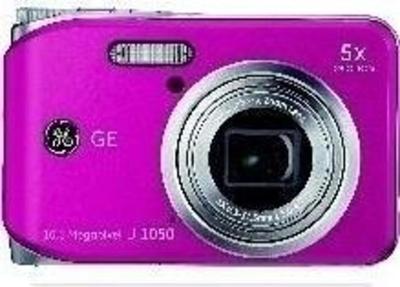 GE
GEJ1050
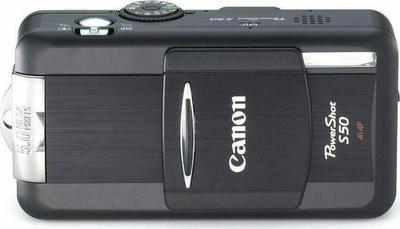 Canon
CanonPowerShot S50
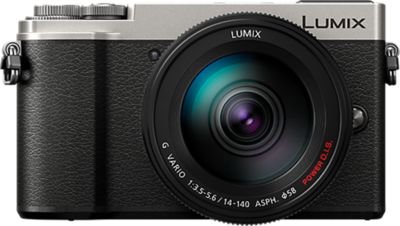 Panasonic
PanasonicLumix DC-GX9H













